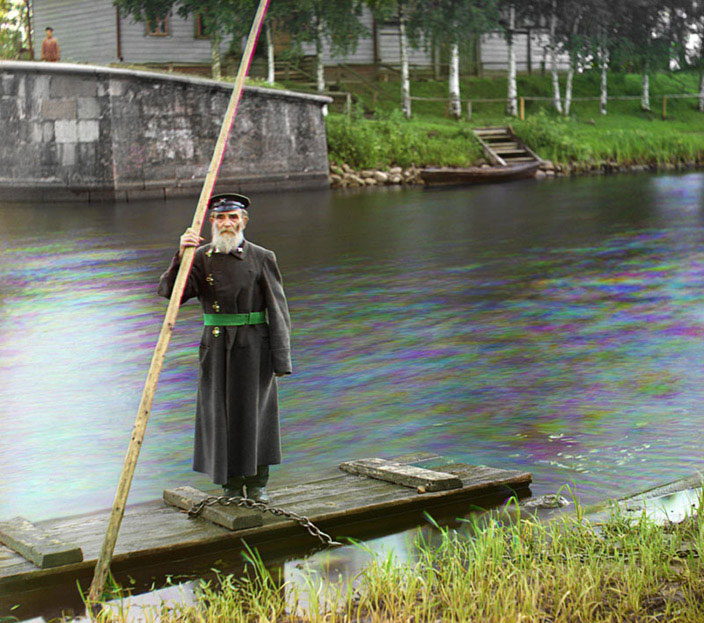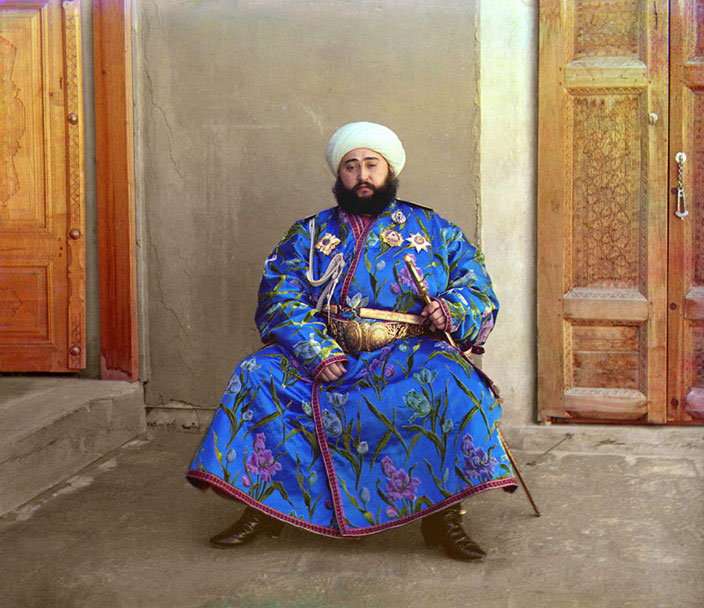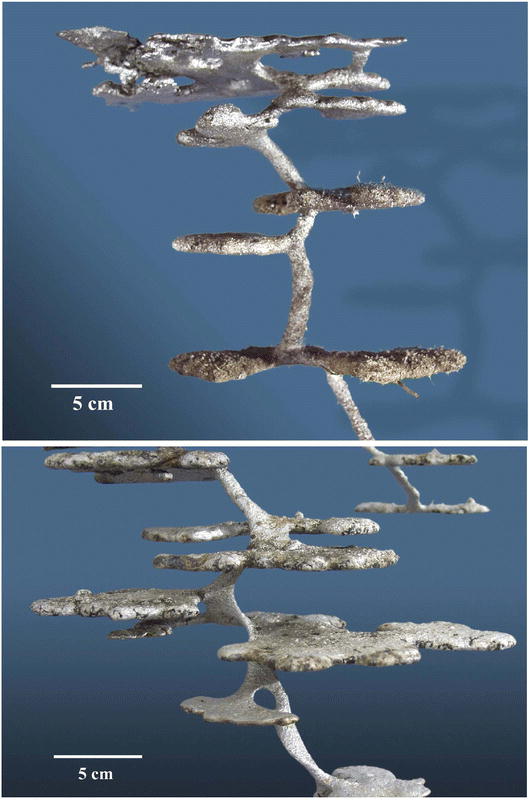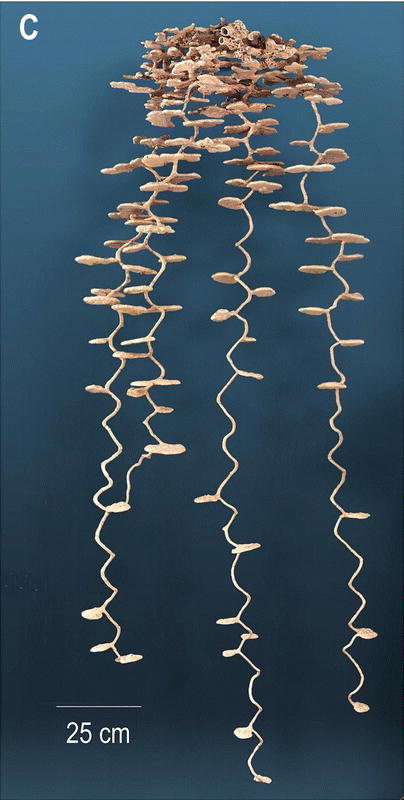Chad Clark's Open Journal : 2006-05-26
Historical Entries Recent Entries About The Author RSS
May 26, 2006 :
1)
"The Big Marshmallow" was in an email forwarded to me today.
I think it was written by Mahan Khalsa and can be found on the web at
http://www.franklincovey.com/letsgetreal/tips/04moveoff.html
In his book Emotional Intelligence, Dr. Daniel Goleman, a man who has
studied and researched the idea of emotional intelligence, refers to a
remarkable study conducted by Walter Mischel during the 1960s at a preschool
on Stanford University's campus. I'll give you the quick version of the
study. He took children who were about four years old and put them in a room
alone with a big marshmallow on the table. The researcher would tell the
child he or she could have the marshmallow, and if the child could wait
while the researcher ran a quick errand (15 to 20 minutes), they would bring
back two big marshmallows (for a child, a pretty good return on
investment!). Then the researcher would leave the room and they would film
the child. Some of the kids just couldn't handle it. The idea of waiting to
eat that marshmallow was way beyond them, and so they would grab the
marshmallow and eat it. Some of them would eat just one small bite, then eat
another small bite, and pretty soon the whole marshmallow had disappeared.
Some of them would agonize as they walked around the room, staring at it,
sniffing it, even licking it, but they wouldn't eat it. Some even tried
taking naps. After following up on these children over a long period of time
(about 15 years), the kids who had the patience and discipline (impulse
resistance) to not eat the marshmallow during the experiment showed
characteristics later in life that proved to make them more successful,
emotionally and intellectually, regardless of their chosen pursuits.
We find similar results with the best business developers and consultants.
If they can resist the impulse to talk about the solution (the adult version
of the marshmallow), they get a whole bunch of business with a client rather
than just the one obvious opportunity that's in front of them. In other
words, they get a bag of marshmallows later instead of one marshmallow at
the moment. One of the hardest behaviors to overcome is the tendency to go
for the first solution right off the bat. And yet, just like those children,
it's been proven that consultants who can resist the immediate solution are
more successful. So move off the solution. Don't get trapped into talking
about the solution, because solutions don't make sense unless they're
related to problems they solve or results they produce.
2)
There is an essay by Alexander Kjerulf about how "businesses with happy
employees consistently outperform their less happy competitors in the
marketplace" over at
http://positivesharing.com/2006/03/make-your-business-happy-and-rich
It talks about the situation from both the employer and the employee view.
It mentions that Soichiro Honda (the founder of Honda Motors) said:
Each individual should work for himself. People will not sacrifice
themselves for the company. They come to work at the company to enjoy
themselves.
It may not be explicitly mentioned but generally people want to do a good
job and to be productive. Creating a happy environment is in the end
helping people to do well. This is in your companies interest (assuming
you have employees).
On a related note if you have not read Peopleware : Productive
Projects and Teams by Tom Demarco and Timothy Lister then you should.
I recommend this book to nearly everyone. I recommend re-reading it.
3)
The USA Library of Congress has some interesting information about a
Russian who managed to produce colour images before colour photographic
film was invented.
We know that Prokudin-Gorskii intended his photographic images to be
viewed in color because he developed an ingenious photographic technique
in order for these images to be captured in black and white on glass
plate negatives, using red, green and blue filters. He then presented
these images in color in slide lectures using a light-projection system
involving the same three filters.
http://www.loc.gov/exhibits/empire/making.html

 4)
The next link is to some amazing images of the tunnels and caverns in ant
hills. The pictures are taken of sculptures of the tunnels. The
sculptures were created by pouring plaster or molten metals (zinc and
aluminum) in to ant hills.
http://www.bioone.org/perlserv/?request=get-document&doi=10.1672%2F1536-2442%282004%29004%5B0001%3ATNAOTF%5D2.0.CO%3B2#toclink6
The author writes:
Zinc is brittle, but because of its lower melting point, flows deeper
into a nest, whereas aluminum makes extremely strong casts, but does not
penetrate as deeply. For very deep nests, both metals require excavation
of the cast followed by a second episode of pouring. Pouring red-hot
aluminum in the bottom of a 2-meter pit runs the risk of having ones
socks catch on fire from the radiant heat.
4)
The next link is to some amazing images of the tunnels and caverns in ant
hills. The pictures are taken of sculptures of the tunnels. The
sculptures were created by pouring plaster or molten metals (zinc and
aluminum) in to ant hills.
http://www.bioone.org/perlserv/?request=get-document&doi=10.1672%2F1536-2442%282004%29004%5B0001%3ATNAOTF%5D2.0.CO%3B2#toclink6
The author writes:
Zinc is brittle, but because of its lower melting point, flows deeper
into a nest, whereas aluminum makes extremely strong casts, but does not
penetrate as deeply. For very deep nests, both metals require excavation
of the cast followed by a second episode of pouring. Pouring red-hot
aluminum in the bottom of a 2-meter pit runs the risk of having ones
socks catch on fire from the radiant heat.


Historical Entries Recent Entries About The Author RSS

 4)
The next link is to some amazing images of the tunnels and caverns in ant
hills. The pictures are taken of sculptures of the tunnels. The
sculptures were created by pouring plaster or molten metals (zinc and
aluminum) in to ant hills.
http://www.bioone.org/perlserv/?request=get-document&doi=10.1672%2F1536-2442%282004%29004%5B0001%3ATNAOTF%5D2.0.CO%3B2#toclink6
The author writes:
Zinc is brittle, but because of its lower melting point, flows deeper
into a nest, whereas aluminum makes extremely strong casts, but does not
penetrate as deeply. For very deep nests, both metals require excavation
of the cast followed by a second episode of pouring. Pouring red-hot
aluminum in the bottom of a 2-meter pit runs the risk of having ones
socks catch on fire from the radiant heat.
4)
The next link is to some amazing images of the tunnels and caverns in ant
hills. The pictures are taken of sculptures of the tunnels. The
sculptures were created by pouring plaster or molten metals (zinc and
aluminum) in to ant hills.
http://www.bioone.org/perlserv/?request=get-document&doi=10.1672%2F1536-2442%282004%29004%5B0001%3ATNAOTF%5D2.0.CO%3B2#toclink6
The author writes:
Zinc is brittle, but because of its lower melting point, flows deeper
into a nest, whereas aluminum makes extremely strong casts, but does not
penetrate as deeply. For very deep nests, both metals require excavation
of the cast followed by a second episode of pouring. Pouring red-hot
aluminum in the bottom of a 2-meter pit runs the risk of having ones
socks catch on fire from the radiant heat.

